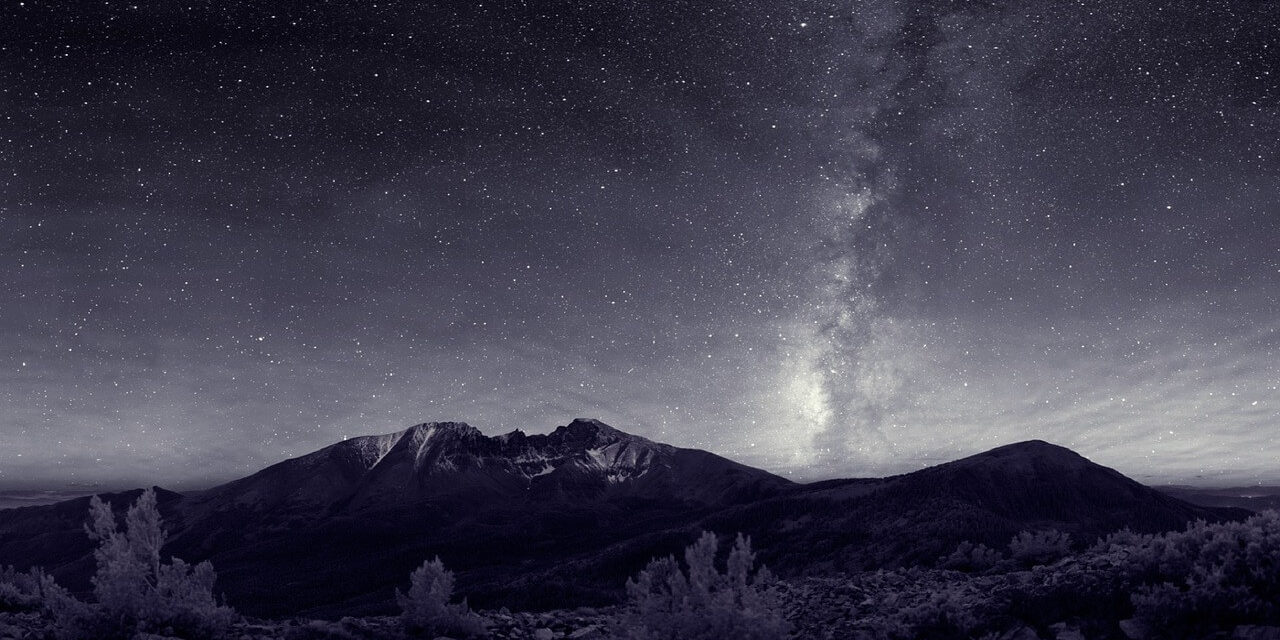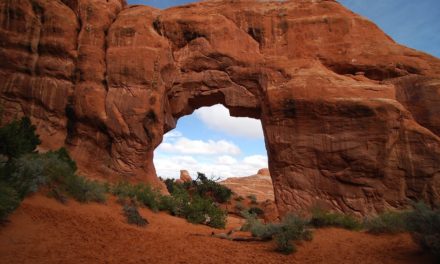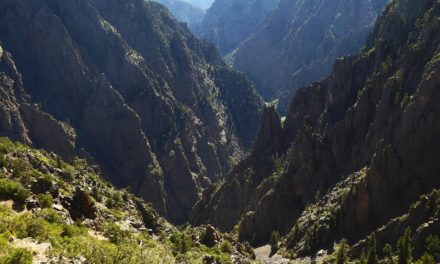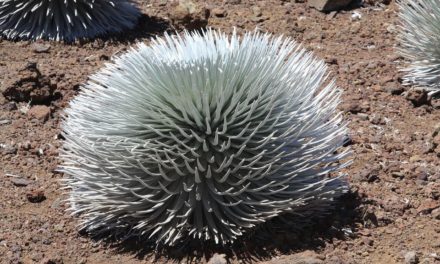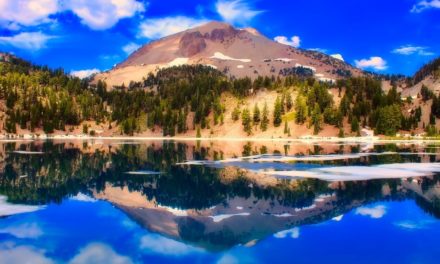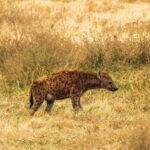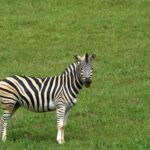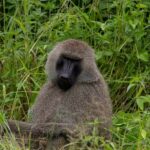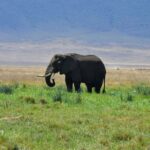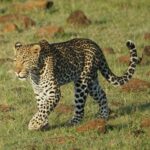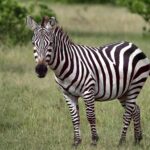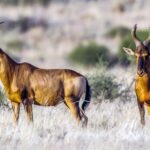Table of Contents
Overview / About
Tucked away in eastern Nevada, Great Basin National Park is one of America’s quiet natural treasures a place where rugged mountains meet ancient bristlecone pine forests and vast desert valleys. Covering over 77,000 acres, the park offers a surprising diversity of landscapes, from sagebrush-covered basins to the glaciated peaks of the Snake Range, with Wheeler Peak standing tall at 13,063 feet.
Established in 1986, Great Basin remains one of the least-visited U.S. national parks, offering solitude, crystal-clear night skies, and a glimpse into a world shaped by time, wind, and water.
Wildlife & Nature
Great Basin’s ecosystem spans desert valleys, alpine lakes, limestone caves, and subalpine forests each supporting a unique range of wildlife.
Key Species: Mule deer, mountain lions, bighorn sheep, marmots, pikas, and jackrabbits.
Birdlife: Over 200 species, including golden eagles, sage thrashers, Clark’s nutcrackers, and mountain bluebirds.
Vegetation Highlights:
- Bristlecone pines, some more than 4,000 years old among the oldest living organisms on Earth.
- Pinyon-juniper woodlands and alpine meadows that bloom with wildflowers in summer.
Geological Features: The park’s limestone base hides a labyrinth of caves most famously Lehman Caves, a spectacular underground world filled with stalactites, stalagmites, and rare cave formations.
Experiences & Activities
Great Basin National Park is a destination for stargazers, hikers, and explorers who crave quiet wilderness.
Top Things to Do:
- Explore Lehman Caves: Join guided tours through chambers like the Gothic Palace and the Grand Palace.
- Hike Wheeler Peak Trail: A challenging 8.6-mile trek to the summit for panoramic views of Nevada and Utah.
- Visit the Bristlecone Pine Grove: Walk among ancient trees on a 3-mile loop near Wheeler Peak.
- Stargazing: Recognized as a Gold-Tier International Dark Sky Park, Great Basin offers some of the clearest night skies in America.
- Scenic Drives: Wheeler Peak Scenic Drive climbs over 12 miles, revealing desert basins and alpine forests.
- Camping & Picnicking: Several campgrounds, like Upper Lehman Creek and Wheeler Peak, offer peaceful overnight stays.
- Winter Activities: Snowshoeing and cross-country skiing are available in winter months.
Best Time to Visit
Open Year-Round
Best Seasons:
- June to September: Ideal for hiking, camping, and cave tours.
- October to May: Quieter months; great for photography, though higher elevations may be snow-covered.
Temperature Range:
- Summer: 60°F–85°F (16°C–29°C)
- Winter: 10°F–45°F (-12°C–7°C)
Note: Weather changes quickly with elevation carry layers and check conditions before heading up Wheeler Peak.
How to Reach & Park Entry
Location: Eastern Nevada, near the Utah border about 5 miles west of Baker, NV.
By Air:
- Elko Regional Airport (ELK): 3.5 hours drive.
- Salt Lake City International Airport (SLC): ~4.5 hours drive.
- Las Vegas (LAS): ~5 hours drive.
By Road:
- Salt Lake City: Take I-80 west, then US-93 south to US-50 west.
- Las Vegas: US-93 north to NV-487 north.
Park Entrances:
- Lehman Caves Visitor Center (main entry) near Baker, NV.
- Entry Fees:No general entrance fee. Guided cave tours have separate ticket charges (book in advance).
Where to Stay / Camping Options
Inside the Park:
- Upper & Lower Lehman Creek Campgrounds – Forested sites near the visitor center.
- Wheeler Peak Campground – Scenic and cooler, perfect for summer stays.
- Baker Creek Campground – Quieter and close to hiking trails.
Nearby Lodging:
- Baker, NV: Small motels, cabins, and B&Bs.
- Ely, NV: Larger town (68 miles away) with hotels and restaurants.
Note: No lodges operate inside the park bring camping gear or stay nearby.
Travel Tips / Safety Notes
- Carry plenty of water the park’s high desert climate can be dry and windy.
- Expect limited cell service; download offline maps.
- Dress in layers temperatures vary sharply with elevation.
- Check road conditions before heading to Wheeler Peak; the scenic drive closes in winter.
- Cave tours can be cool (around 50°F/10°C) bring a light jacket.
- Watch for wildlife crossing roads, especially at dawn and dusk.
Packing List
- Water bottles and snacks
- Warm layers and rain jacket
- Hiking boots and sun protection
- Flashlight/headlamp (for stargazing)
- Binoculars and camera
- National Parks Pass
- Small backpack for hikes
Visitor Statistics
Great Basin National Park welcomes around 140,000–160,000 visitors annually, making it one of the least-crowded national parks in the U.S. Its remoteness is part of its charm solitude and starry skies are guaranteed.
Conservation & Responsible Tourism
Great Basin National Park preserves some of the oldest trees, darkest skies, and cleanest air in North America. The park’s fragile ecosystems from desert basins to alpine tundra depend on responsible tourism.
Conservation Efforts:
- bristlecone pine groves.
- Preserving Lehman Caves formations from damage and contamination.
- Restoring natural water flow and reducing light pollution.
Travel Responsibly:
- Stay on marked trails and avoid touching cave formations.
- Minimize noise and light during stargazing nights.
- Pack out all trash.
- Support ranger-led programs and local conservation initiatives.

